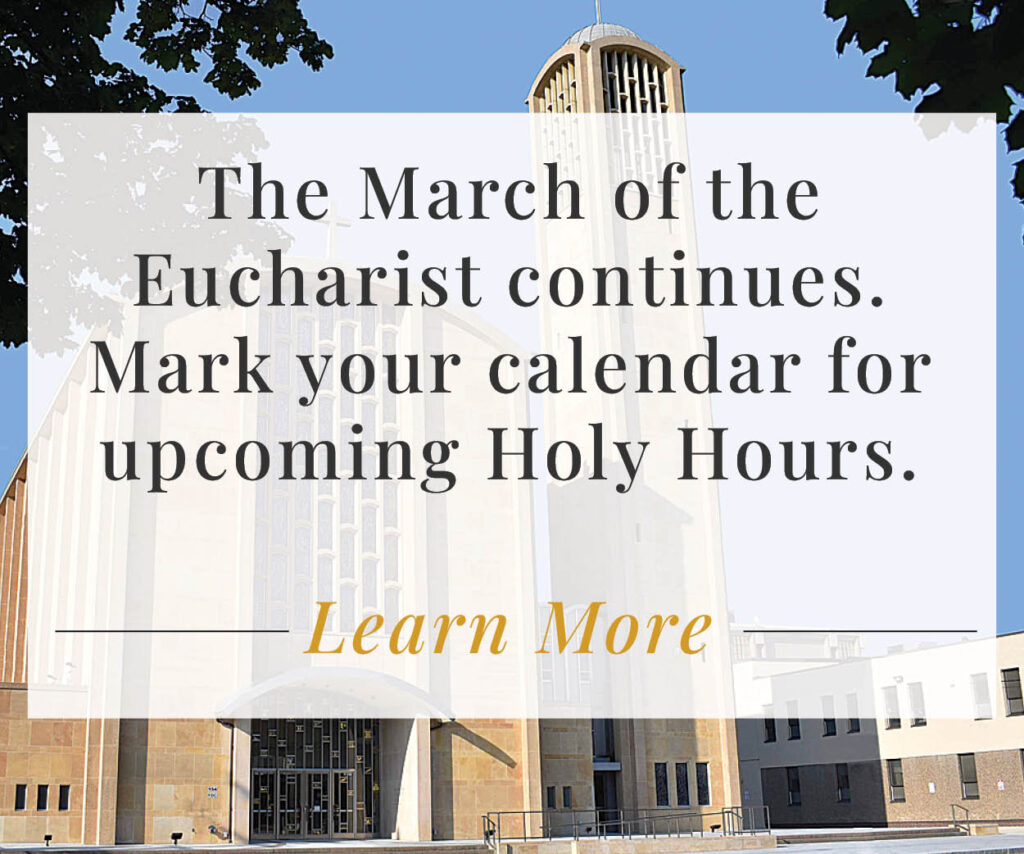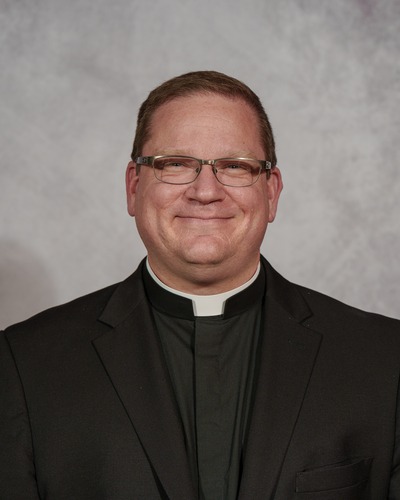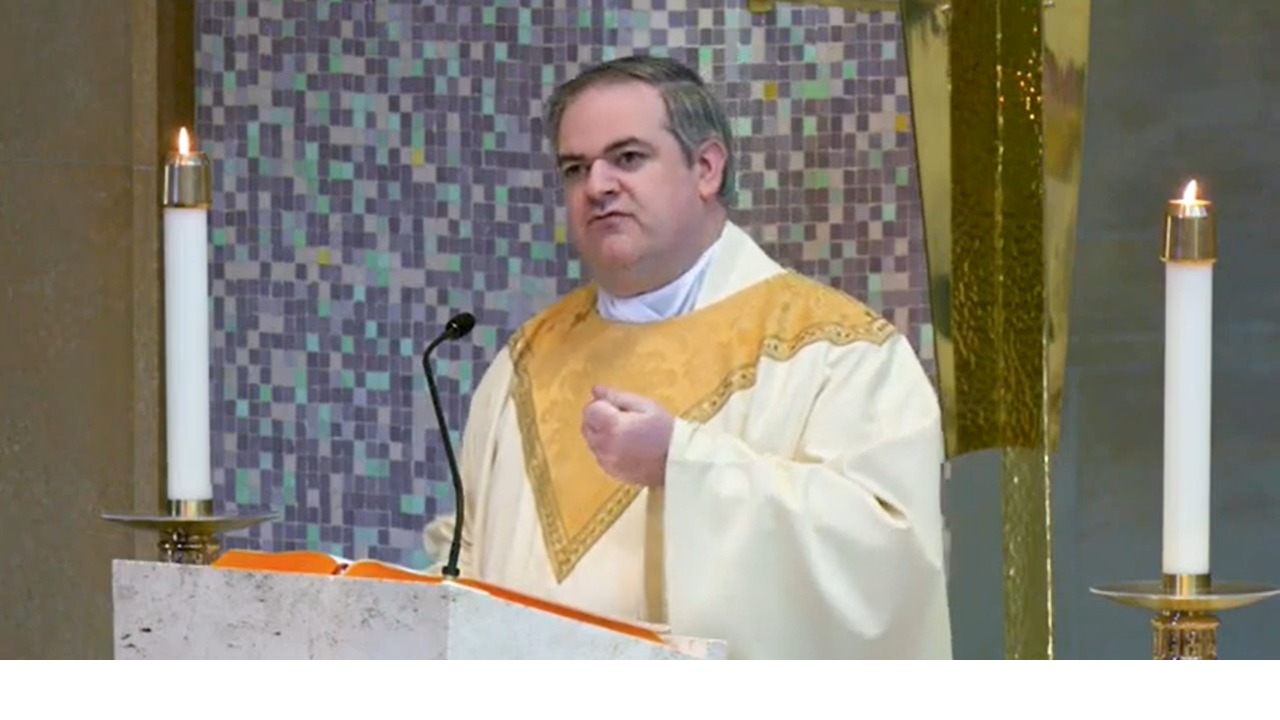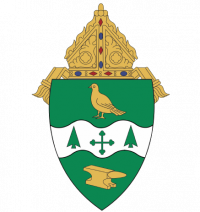
Feast Day: April 16
The story of Lourdes—the famous French village believed to be the site of appearances by Mary, mother of Jesus, and of miraculous healings—begins with a mid-19th century French peasant girl.
Saint Bernadette Soubirous was the eldest of nine children born to François Soubirous, a miller, and his wife, Louise, on January 7, 1844. Her family struggled with poverty. Saint Bernadette suffered from health issues most of her life and had little early schooling. She spoke mainly Occitan, a Romance language spoken in that region of Europe.
On February 11, 1858, Saint Bernadette, 14, and two companions were gathering firewood. Saint Bernadette reported seeing a beautiful lady in white and blue standing near a cave-grotto.
Over the next month, Saint Bernadette would recount regular appearances of the unnamed lady. Saint Bernadette, as instructed, returned to the spot regularly in defiance of her parents’ and some local officials’ efforts to stop her. Eventually, the woman told her to drink of the waters of the grotto’s spring—despite its muddiness—and to bathe in it. The next day, the spring’s waters began running clear.
On the 13th day, Saint Bernadette said that the woman asked her to request that a chapel be built at the grotto and for increased prayer and penance. During a later encounter, after she repeatedly asked the woman her name, the woman replied: “I am the Immaculate Conception.”
Later, the appearances became less frequent—with the final appearance reported on July 16.
Her visions divided the townspeople. Saint Bernadette was relentlessly questioned by Church and government officials, but Church officials began taking her claims seriously when she quoted the woman saying: “I am the Immaculate Conception”—an expression then-generally unknown outside theological and ecclesial circles.
By 1862, the local bishop declared the apparitions “worthy of belief.” Pilgrims began coming and reporting healings.
Spurning attention, Saint Bernadette entered a school operated by the Sisters of Charity at Nevers. She joined the order in 1868. After serving faithfully, Bernadette developed tuberculosis, from which she died April 16, 1879. Pope Pius XI canonized Saint Bernadette in 1933.
Today, an estimated three million pilgrims visit Lourdes annually, many bathing in the water, seeking cures. The Lourdes Medical Bureau has confirmed about 70 such healings as inexplicable.
In our diocese, St. Bernadette Parish in Masury, now part of St. Thomas the Apostle Parish in Vienna, was named in her honor.
Among the more than 1,000 replicas of the Lourdes grotto around the world are replicas at the University of Notre Dame, one at Our Lady of Lourdes National Shrine in Euclid, one at Canton Central Catholic High School, and one at St. Joseph Parish in Mogadore.













